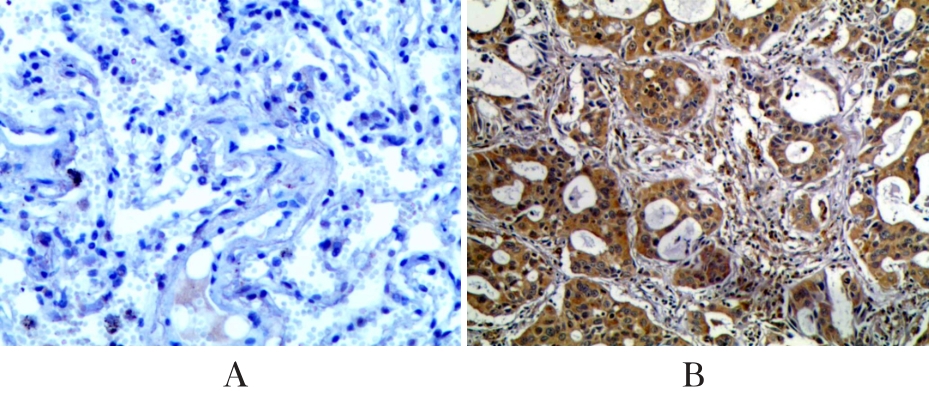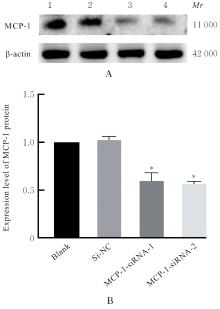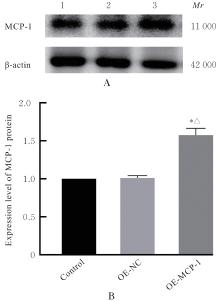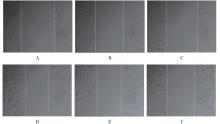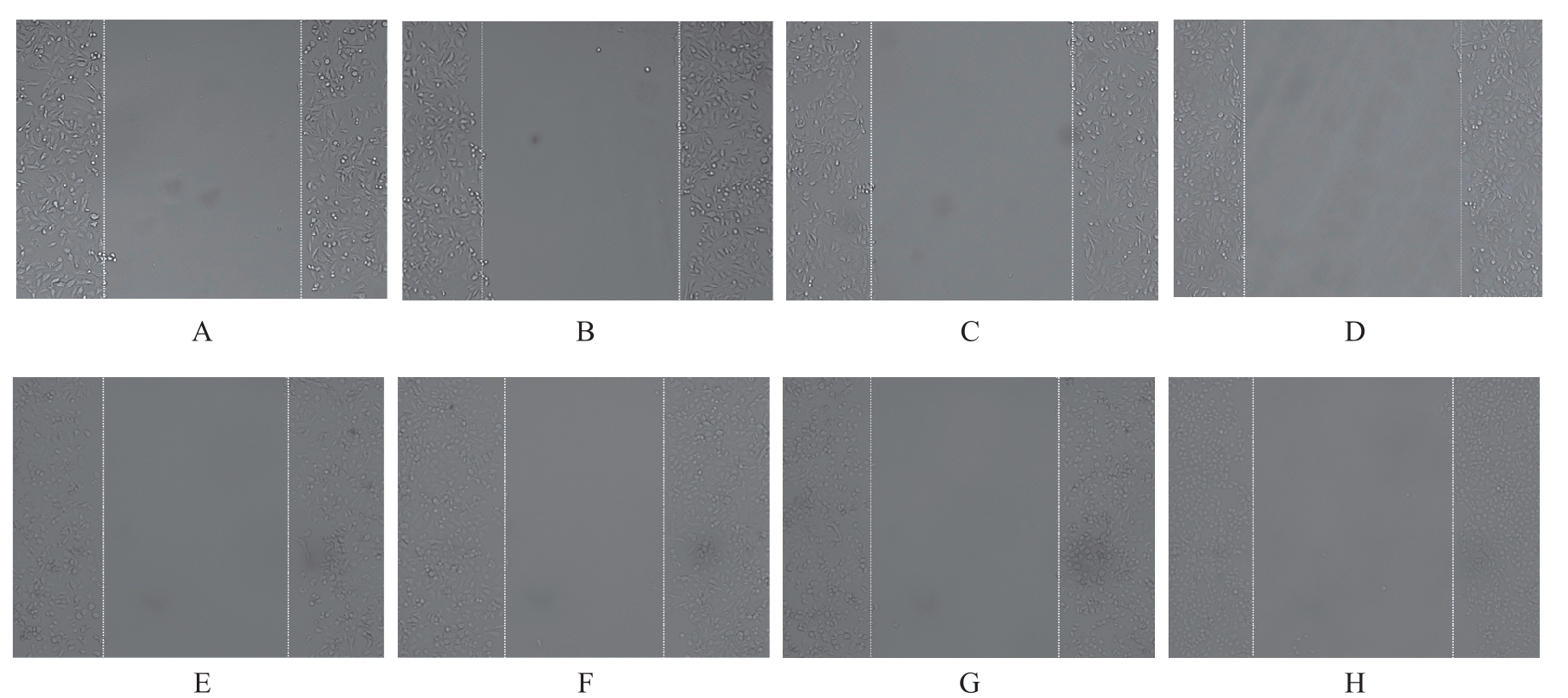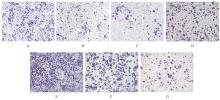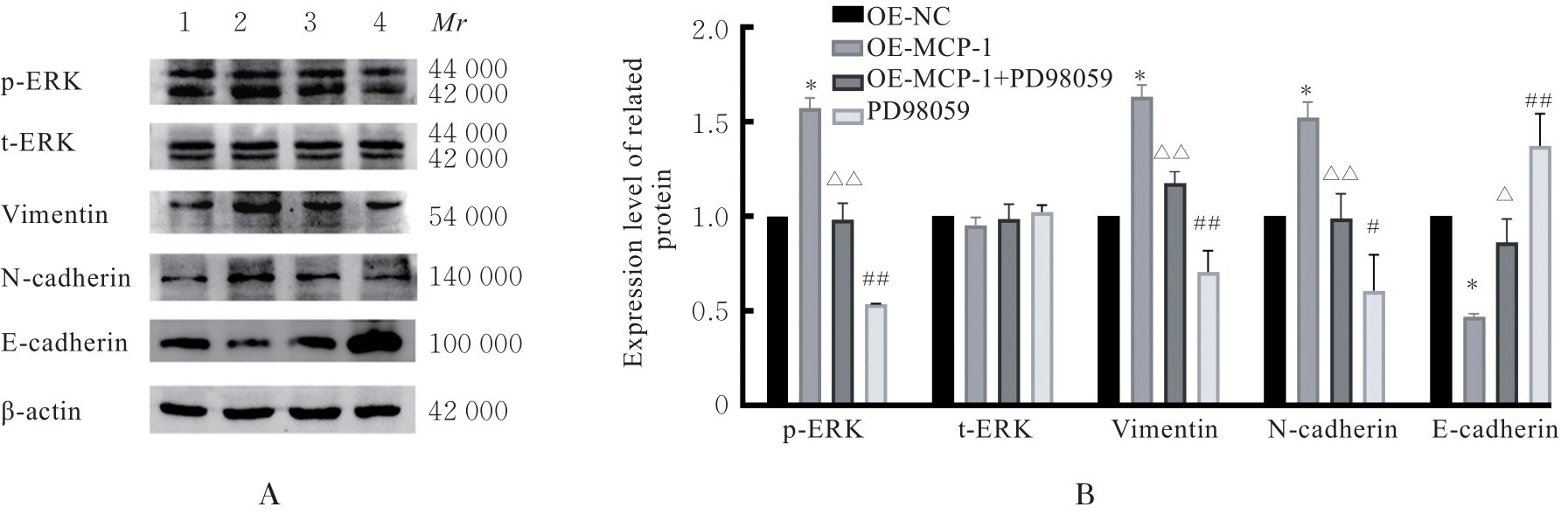| [1] |
Zongjun CHEN,Yahong CHEN,Liyun HUANG,Ziying LIANG.
Effects of genomic instability and MYC gene mutation of non-small cell lung cancer A549 cells on resistance of gemcitabine
[J]. Journal of Jilin University(Medicine Edition), 2024, 50(2): 355-363.
|
| [2] |
Shuang CHEN,Hong LI.
Effect of silencing FOXK1 gene on proliferation, migration, and invasion of gastric cancer HGC-27 cells
[J]. Journal of Jilin University(Medicine Edition), 2024, 50(2): 371-378.
|
| [3] |
Yanhong WEI,Chenxue YANG,Guangmin YANG,Shuai SONG,Ming LI,Haijiao YANG,Haifeng WEI.
Inhibitory effect of downregulating HMGB2 expression on epithelial-mesenchymal transition of liver cancer LM3 cells and its AKT/mTOR signaling pathway mechanism
[J]. Journal of Jilin University(Medicine Edition), 2024, 50(1): 143-149.
|
| [4] |
Jie ZENG,Xueyan YU,Ting LUO,Jiang XU.
Effect of PD-L1 on proliferation, migration, and invasion of human oral squamous carcinoma cells
[J]. Journal of Jilin University(Medicine Edition), 2024, 50(1): 18-24.
|
| [5] |
Jia ZHOU,Zhidong QIU,Zhe LIN,Guangfu LYU,Jiaming XU,He LIN,Kexin WANG,Yuchen WANG,Xiaowei HUANG.
Effect of chelerythrine on migration, invasion, and epithelial-mesenchymal transition of human ovarian cancer SKOV3 cells
[J]. Journal of Jilin University(Medicine Edition), 2024, 50(1): 25-32.
|
| [6] |
Yuxue SUN,Ziqiang LIU,Hao WU,Liming ZHAO,Tao GAO,Haiyan HUANG,Chaoyue LI.
Inhibitory effect of berberine on migration and invasion of human glioma T98G cells and its mechanism
[J]. Journal of Jilin University(Medicine Edition), 2024, 50(1): 50-57.
|
| [7] |
Manying OU,Chunxia HU,Yueping LI.
Effect of expression of microtubule inhibitory assembly protein 1 in placenta tissue of pre-eclampsia patients on trophoblast cells and its mechanism
[J]. Journal of Jilin University(Medicine Edition), 2023, 49(6): 1519-1527.
|
| [8] |
Dandan WANG,Ning ZHOU,Dongqin LIU,Jie ZHAO,Chao LIANG,Juanjuan DAI,Yan WU.
Effect of miR-491-5p over-expression on proliferation and migration of human nasopharyngeal carcinoma HONE-1 cells
[J]. Journal of Jilin University(Medicine Edition), 2023, 49(5): 1134-1139.
|
| [9] |
Yong DONG,Lingyao XU,Jing HUA,Han LIANG,Dongya LIU,Junbo ZHAO,Zhenglu SUN,Cheng CHENG,Shutang WEI.
Effect of macrophage exosomal lncRNA HULC on migration, invasion,and metastasis of hepatocellular carcinoma cells and its mechanism
[J]. Journal of Jilin University(Medicine Edition), 2023, 49(5): 1217-1226.
|
| [10] |
Yuesheng ZHAO,Zubin LI,Haiou LIU,Kunlin TAO,Qihai ZHAO,Na LI.
Inhibitory effect of silencing CDKL1 gene on proliferation and invasion of breast cancer MCF-7 cells by regulating PTEN/Akt/mTOR signaling pathway
[J]. Journal of Jilin University(Medicine Edition), 2023, 49(5): 1234-1242.
|
| [11] |
Li JIN,Xiaohong ZHANG,Chaoyang HU,Fengzhi LI,Yongliang CUI,Yang LI,Qianqian LIU,Yanjun QIAO.
Effects of quercetin on growth and lung metastasis of transplanted tumor and cell invasion, and cell migration in human lung cancer A549 cells transplanted tumor model mice and their mechanisms
[J]. Journal of Jilin University(Medicine Edition), 2023, 49(4): 1018-1026.
|
| [12] |
Xuying WANG,Mingzhen JING,Jin YU,Rong FU,Ru YANG.
Effects of miR-181a-5p and BACH2 expressions on apoptosis and invasion of leukemic CCRF-CEM cells
[J]. Journal of Jilin University(Medicine Edition), 2023, 49(4): 840-849.
|
| [13] |
Xiangyu ZHANG,Yihong HU,Yucheng HAN,Xianqiong ZOU.
Effect of ceramide 1-phosphate transfer protein on biological behavior of human oral squamous cell carcinoma HSC-3 cells
[J]. Journal of Jilin University(Medicine Edition), 2023, 49(4): 875-883.
|
| [14] |
Changchun MU,Chunji QUAN,Quanjin JIN,Zhengri PIAO.
Expression of thymosin beta4 in breast cancer tissue and its effect on migration and invasion of breast cancer cells
[J]. Journal of Jilin University(Medicine Edition), 2023, 49(4): 890-895.
|
| [15] |
Zhou YANG,Shudian LIN,Yuwei ZHAN,Lu XIAO,Keying FU,Xiaodie HUANG.
Effects of down-regulation of ROCK2 expression targeted by miR-94-5p on proliferation, migration and invasion of rheumatoid arthritis fibroblast-like synoviocytes
[J]. Journal of Jilin University(Medicine Edition), 2023, 49(3): 665-674.
|
 )
)

